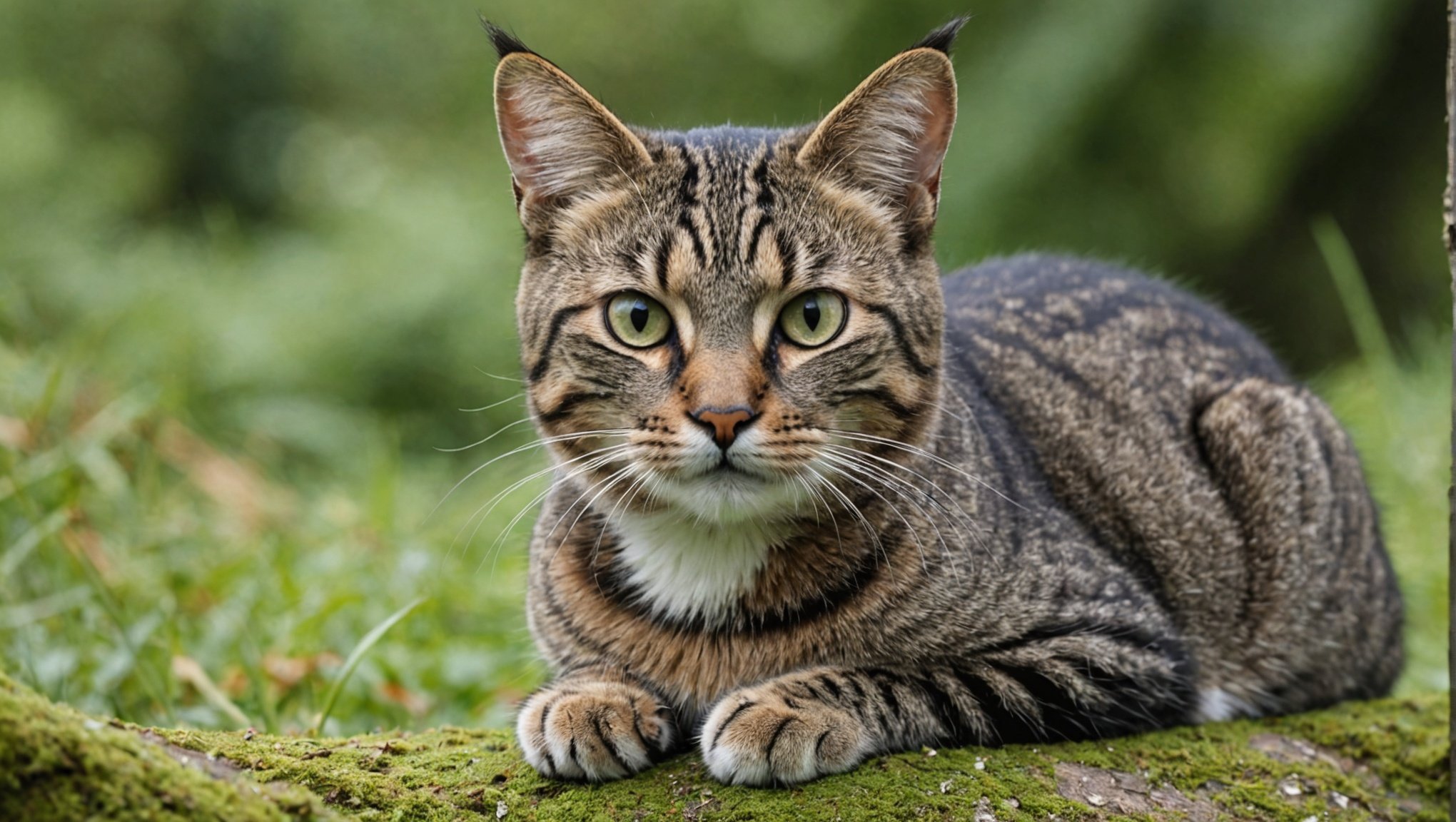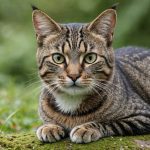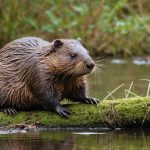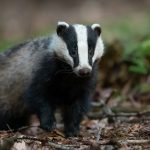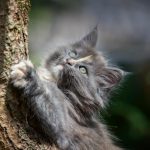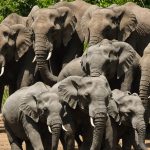Domestic cats, beloved companions across the UK, exert unexpected pressure on local wildlife. Their hunting instincts and outdoor escapades threaten bird, small mammal, and reptile populations, leading to ecological imbalances. Understanding this impact is vital for creating harmonious coexistence. Effective strategies, from responsible pet ownership to community initiatives, can mitigate these effects and protect our rich biodiversity. Explore how we can safeguard wildlife while cherishing our feline friends.
Overview of Domestic Cats and Wildlife Interaction
The presence of domestic cats in the UK is both widespread and significant, with an estimated population of over 10 million. This large number of cats inevitably interacts with the local wildlife, leading to notable impacts on the ecosystem. Domestic cats are natural hunters, and their predatory habits can affect various wildlife species.
A voir aussi : The Impact of Beaver Reintroduction on UK River Ecosystems: A Closer Look at Nature”s Engineers
Wildlife impact is particularly evident among small mammals and birds. Studies have shown that domestic cats are responsible for the deaths of millions of these creatures each year. Species such as sparrows, blackbirds, and voles are among the most affected. The predation by cats can lead to declines in local populations of these animals, which in turn affects the broader UK ecosystem.
Historically, the relationship between cats and wildlife has been complex. Cats were introduced to the UK by the Romans and have since become a staple in many households. Over time, their role has shifted from pest control to beloved pets, but their hunting instincts remain. This historical context highlights the ongoing challenges of balancing domestic cat populations with the need to protect vulnerable wildlife species. Understanding these dynamics is crucial for developing effective conservation strategies that consider both the welfare of domestic cats and the preservation of the UK's natural heritage.
Avez-vous vu cela : Engaging UK Citizens: A Guide to Participating in Wildlife Conservation through Citizen Science
Ecological Implications of Cats on UK Wildlife
The ecological impact of domestic cats on UK wildlife is profound, primarily due to their significant predation rates. Domestic cats are responsible for a substantial number of wildlife deaths each year, directly affecting the local biodiversity. This predation contributes to the decline of various species, particularly small mammals and birds, which are crucial for maintaining ecosystem balance.
The biodiversity loss attributed to cats is comparable to other major threats such as habitat loss and pollution. While these environmental issues are often more publicly recognised, the role of domestic cats as predators is a critical factor that cannot be overlooked. The predation effects of cats can disrupt food chains and lead to the decline of species that are already vulnerable due to other ecological pressures.
Comparatively, habitat loss and pollution are more systemic threats, impacting wildlife on a broader scale. However, the predation effects of cats are more direct and immediate, often resulting in rapid declines in local animal populations. This direct impact calls for a nuanced approach to wildlife conservation, where the role of domestic cats is considered alongside other environmental challenges. Understanding these dynamics is essential for developing strategies that protect both wildlife and the domestic cat population.
Affected Species and Case Studies
The impact of domestic cats on UK wildlife is particularly concerning for several species at risk. Among the most affected are small birds and mammals, such as sparrows and voles, whose populations are significantly diminished due to cat predation. This decline poses a serious threat to the biodiversity of local ecosystems, as these species play crucial roles in maintaining ecological balance.
Case studies provide valuable insights into these dynamics. For example, research in urban areas has shown that bird populations, including blackbirds and robins, experience drastic reductions in numbers where cat populations are high. Similarly, rural studies have highlighted the vulnerability of small mammals, with species like shrews and dormice facing increased pressure from predation.
Conservation efforts are increasingly focusing on mitigating these impacts. Experts suggest a multi-faceted approach, combining public awareness campaigns with practical measures such as cat curfews and the use of bell collars. These strategies aim to reduce the hunting success of cats, thereby offering some relief to affected wildlife. The challenge lies in balancing the welfare of domestic cats with the urgent need to protect vulnerable species, a task that requires cooperation between pet owners, conservationists, and policymakers.
Research Findings and Statistics
Recent research studies have shed light on the significant impact domestic cats have on UK wildlife. These studies provide crucial ecological data that help quantify the extent of wildlife mortality due to cat predation.
Key findings indicate that domestic cats are responsible for the deaths of millions of small birds and mammals annually. In particular, research has shown that cats kill an estimated 27 million birds and 275 million small mammals each year in the UK. These staggering figures underscore the role of cats as formidable predators within local ecosystems.
The methodologies employed in these studies are rigorous, often involving extensive field observations and the use of tracking devices to monitor cat movements and hunting behaviours. By analysing the wildlife statistics gathered, researchers can better understand the patterns and frequency of predation events.
Such ecological data is vital for conservation efforts, as it provides a scientific basis for developing strategies to mitigate the impact of domestic cats on vulnerable wildlife species. These findings highlight the need for informed decision-making and the implementation of measures to balance the presence of domestic cats with the preservation of the UK's rich biodiversity.
Strategies for Mitigating the Impact of Domestic Cats
Mitigating the impact of domestic cats on wildlife requires a multifaceted approach that involves responsible pet ownership and community engagement. Cat owners can adopt several mitigation strategies to reduce the predatory effects their pets have on local wildlife.
One effective method is the use of bell collars, which alert potential prey to the presence of a cat, thereby reducing hunting success. Additionally, implementing cat curfews, particularly during dawn and dusk when wildlife is most active, can significantly decrease predation incidents. Providing indoor enrichment for cats can also help satisfy their hunting instincts without endangering wildlife.
Local communities play a crucial role in promoting these strategies. Community-led initiatives can raise awareness about the importance of wildlife protection and encourage responsible pet ownership. Educational campaigns can inform cat owners about the ecological consequences of cat predation and the benefits of adopting mitigation measures.
Policy measures are also essential in addressing this issue. Regulations that encourage or mandate the use of bell collars or restrict outdoor access for cats during critical times can support broader conservation efforts. By combining individual and community actions with supportive policies, it is possible to balance the welfare of domestic cats with the need to protect vulnerable wildlife species.
Balancing Pet Ownership and Wildlife Conservation
The interplay between pet ownership and wildlife conservation is a complex issue, requiring responsible practices from cat owners. In both urban and rural settings, the responsibilities of cat owners are pivotal in mitigating the ecological impact of domestic cats. Owners can adopt measures such as keeping cats indoors or using bell collars to reduce hunting success. These actions are crucial in maintaining a conservation balance.
Community programs play a significant role in promoting responsible pet ownership. Initiatives that focus on education and awareness can greatly influence public behaviour. These programs often include workshops and information sessions, highlighting the impact of cats on local wildlife and offering practical solutions to pet owners. By fostering a sense of community responsibility, these initiatives can effectively reduce the ecological footprint of domestic cats.
Education and awareness are indispensable in encouraging wildlife-friendly practices. Informing cat owners about the consequences of uncontrolled predation and the benefits of responsible pet ownership can lead to more sustainable interactions between domestic cats and wildlife. Schools, local councils, and conservation organisations can collaborate to disseminate information, ensuring that both current and future generations understand the importance of balancing pet ownership with wildlife conservation.
Future Directions for Research and Policy
Understanding the complex relationship between domestic cats and wildlife requires a focus on research priorities and policy development. Currently, there are significant gaps in our understanding, particularly concerning the long-term ecological effects of cat predation and the effectiveness of various mitigation strategies. Addressing these gaps is crucial for developing comprehensive conservation strategies.
Future studies should prioritize the identification of vulnerable species and habitats most affected by cats. This involves detailed data collection on predation patterns and the ecological roles of prey species. Additionally, research should explore the behavioural ecology of domestic cats, examining factors that influence their hunting habits. Such insights can inform targeted conservation efforts and improve existing strategies.
On the policy front, advancements are needed to better protect wildlife from domestic cats. Potential measures include stricter regulations on outdoor cat access, particularly in ecologically sensitive areas. Policies encouraging the use of deterrents, like bell collars, and promoting indoor enrichment can also be beneficial. Collaboration between policymakers, researchers, and conservationists is essential to develop and implement effective solutions. By addressing these research and policy needs, we can enhance our ability to protect wildlife while respecting the role of domestic cats in society.

